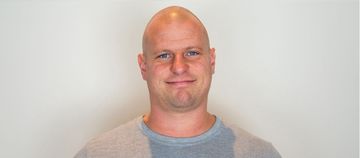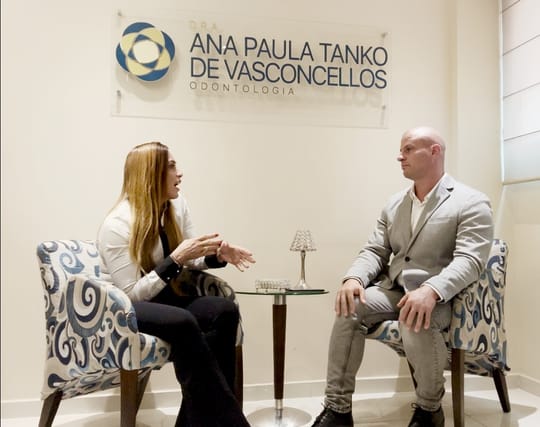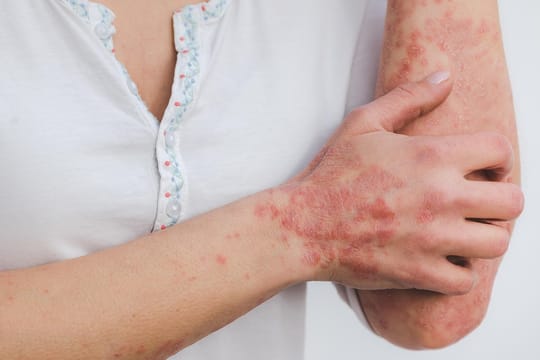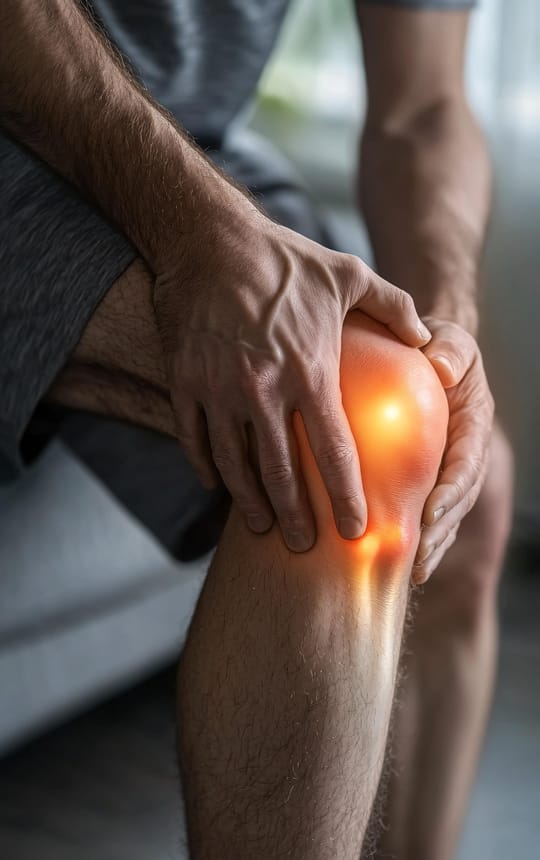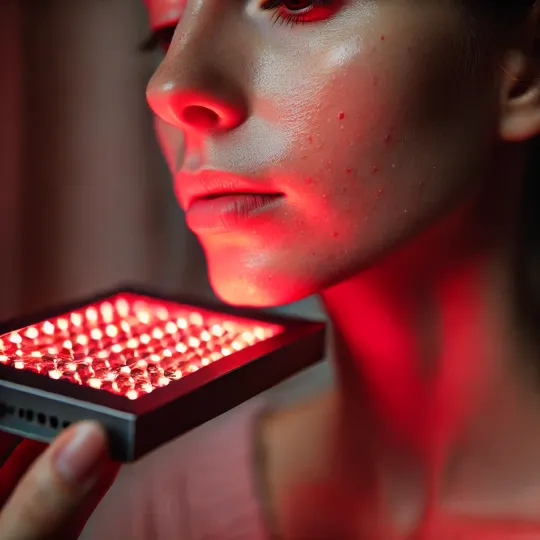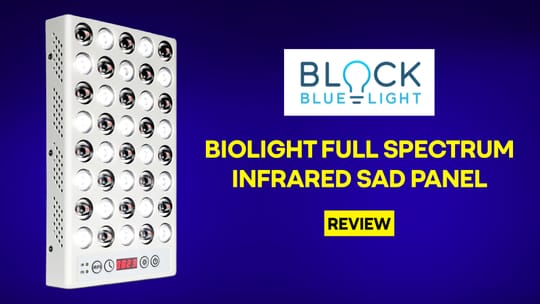In this blog post, I'm leading you through all the research on red light therapy for testosterone studies. Quite a few studies on this topic exist - and that number is increasing over time.
I've ignored non-red light studies right now but will update this document at a later time where I include other studies that use light therapy for testosterone (be sure to jump on our mailing list to be notified of that update).
Also, at the end of this blog post, I make a recommendation for the best red light therapy device for boosting testosterone!
Let's begin at the beginning though - the science.
All Red Light Therapy For Testosterone Studies
Quite a few studies on red light therapy and testosterone exist. These studies are a mix of human and animal studies. I'll go over all of these studies individually and talk about their limitations and strengths.
1) Joovv Panels For Water Polo Players - No Increase In Testosterone Measured But Study Setup Was Flawed
In a 2020 study, water polo athletes used a Joovv panel (1; 2). The earlier Joovv panels must have been used here, as the study was conducted in 2019 in Brazil. Thirteen athletes in total were included in the study, with an average age of 18.
The athletes received a 46 mW/cm2 power density of red and near-infrared light (Joovv panels emit a combination of 660nm and 850nm), with a total dose of around 7 Joules/cm2 (J/cm2).
The full text of the study (not publicly available) explains that a Joovv Elite was used here. The Joovv Elite uses six Joovv Solo panels, again of an earlier generation.
The 18-year-old kids did wear water polo trunks during the study. So, contrary to how many people would use red light therapy, the red and near-infrared light is not hitting their testicles.
James Carroll, an expert in photobiomodulation, has assured us that photobiomodulation isn't working well when you're using it through clothes. And Alex has also done some experimentation using clothes and light. So immediately, there's a huge problem with this study in terms of its setup in that the result aimed at might not be achievable.
The study participants stood at a 30-centimeter distance from the panels. The light output measured was 46 mW/cm2. Treatment time was 2.5 minutes in the front and 2.5 minutes at the back.
The researchers measured all types of inflammatory markers and hormones, such as testosterone, athletic outcomes, and heart rate variability (HRV - to assess recovery). The study had the following outcome:
"No significant interactions (raw values and percentage related to baseline) were observed for testosterone and cortisol, tumor necrosis factor-alpha, interleukin-6, creatine kinase concentration, maximal isometric voluntary contraction, SJ test, and HRV. Only an isolated interaction (decrease) was found for lactate dehydrogenase (LDH) response after the first match (p = 0.004, post-hoc p = 0.038)." (1)
So, inflammatory markers barely changed. Cortisol and testosterone levels remained unchanged. And, athletic performance didn't budge either.
The researchers also write that the total dose administered is 6.9 J/cm2. The red light therapy was applied directly after the match, for a single session.
While interesting, there are a couple of immediately identifiable problems for me:
- The dose is relatively low. I'd rather have seen 40-70 Joules /cm2, especially given the goal is deeper tissue treatment here.
- The water polo players wore shorts during the light exposure. Of course, in the current setup, it would be unethical to strip them naked. However, wearing the shorts might have made it impossible to observe changes in testosterone as the light wasn't applied directly to the testicles.
- Only one session was used. Arguably, if you want to observe hormonal changes, you'd let athletes use the Joovv Elite for at least a few weeks, not just one sessions after a workout.
- The water polo players are 18 years old and are least likely to have deficient testosterone levels to begin with. You'd more likely see changes in a 40 or 70 year old than 18 year olds.
My conclusion? No result found - no problem, the study setup wasn't perfect.
Of course, because of the costs associated with setting up a longer-term study, I can fully understand the researchers didn't opt for a 2-month long study.
2) Red Light Therapy Applied To Acupressure Points In Women With Dysregulated Menstrual Cycles
Next up, a very recent 2023 study (3; 4). Here, 69 women with ages between 16 and 35 received light therapy treatment to acupressure points. These acupressure points are located on the lower belly, directly under the umbilicus. The study was placebo-controlled.
As a placebo, though, women received "combined oral contraceptive" (COC). The full text of the study describes the following intervention:
"COC group received Marvelon (N.V.Organon, NL) as monophasic oral contraceptive formulation containing 30 μg of ethinyl estradiol and 150 μg of desogestrel (DSG/EE) in each tablet, from the fifth day of menstruation, one tablet per day for 21 days, followed by 7 days off and the next cycle of drug treatment." (4).
So, right off the bat, we know it's not a real testosterone-focused study. Instead, the aim of the study is to check which intervention helps best with dysregulated menstrual cycles (primary dysmenorrhea), where very heavy cramps are a main symptom.
The light therapy group received 2.5 Watts of light administered to the two acupressure points. The light was applied five days a week, except during menstruation. Light at 630nm was used. Unfortunately, we don't have all of the treatment parameters in the study, such as the size of the area treated and the fluence (J/cm2).
The interventions lasted 12 weeks. After 12 weeks, blood samples were collected for analyzing metabolic end-products. The researchers describe the following results in the study:
6 differential metabolites were detected in the [Low-Level Laser Therapy (LLLT) or "red light therapy"] group, and 92 differential metabolites were detected in the COC group, which were up-regulated or down-regulated (p < 0.001). Prostaglandin D2 (PG D2) was down-regulated and biliverdin was up-regulated after LLLT treatment, 4a-Hydroxytetrahydrobiopterin, Prostaglandin D2, 5-Hydroxy-l-tryptophan, Cholic acid were down-regulated and cortisol was up-regulated after COC treatment, and the differences were statistically significant. Cortisol and testosterone glucuronide in LLLT group were significantly lower than those in COC group. The metabolic pathways affected were glycerophospholipid metabolism, linoleic acid metabolism and arachidonic acid metabolism in the LLLT group, and glycerophospholipid metabolism, folate biosynthesis, arachidonic-acid-metabolism, and tryptophan metabolism in the COC group. The differential metabolic pathway were linoleic acid metabolism, steroid hormone biosynthesis, and alpha-Linolenic acid metabolism after the comparison of LLLT with COC.
So, testosterone levels were lower in the women treated with red light therapy than those who received the hormonal intervention.
And, yes, the study setup is decent. The downside here is that the red light therapy wasn't tested against a true placebo, no therapy at all. So, you don't really know the effects of red light therapy on testosterone in women from this study.
Secondly, the light treatment parameters were somewhat unclear, as the researchers didn't describe the area treated with the Eospal device.
3) Infertile Mice Improve Their Testosterone And Sperm Quantity With Red Light Therapy
Next up, an animal study, with mice to be specific (5; 6). The main goal of the study was to investigate the effects of red light therapy on fertility. In this study, the mice were divided into four groups: 1) a control group, 2) a "busulfan" group; 3) LED red light at 0.03 J/cm2 and 4) laser at 0.2 J/cm2. Busulfan, here, is a chemotherapy drug that's used for leukemia and other cancers (7; 8).
Many different parameters were measured, including antioxidant and detoxification levels through glutathione, mitochondrial membrane permeability, oxidative stress, and more. I'll focus on sperm quality and testosterone here.
Here's the self-described outcome of the study:
"Photobiomodulation therapy with 0.03 J/cm2 energy densities group revealed a significant increase the testosterone hormone level and spermatogenic cells with the reduction of apoptotic cells and marked increase in GSH, ATP, and SDH levels and decrease the levels of MDA and ROS production in the busulfan-induced mice when compared with the control and sham groups." (5).
So, testosterone levels went up and there was an increase in sperm-producing cells. There also were increases in glutathione, ATP-production for energy, Succinate Dehydrogenase (SDH), which stimulates energy-production, and decreases in harmful compounds such as Reactive Oxygen Species (oxidative stress) and Malondialdehyde (MDA - I'm not 100% sure about this translation though).
So, overall physiology improves dramatically. The downside here is that I don't have access to the full text of the study, so I cannot double-check anything and zoom in on the conclusion.
For instance, I don't know much about the exact dosing parameters of the light, as we don't know the total fluence or the size of the area that was treated, nor even the exact area that was treated with the light.
So, many questions remain, although this is a win for red light therapy for testosterone!
Next up:
4) More Testosterone Increases In Mice
Next up, another study on mice, using red light therapy for testosterone and sperm quality (9; 10). Here's the study setup of the four different groups:
"1) Control, (2) Scrotal hyperthermia, (3) Scrotal hyperthermia receiving laser 0.03 J/cm2 for 30 s for each testis, 35 days after induction of scrotal hyperthermia every other day for 35 days, and (4) Scrotal hyperthermia receiving laser 0.03 J/cm2 for 30 s for each testis, immediately after induction of scrotal hyperthermia every other day for 35 days. Scrotal hyperthermia was induced by water bath with 43 °C for 30 min." (9).
Well, the downside of a study setup like this is that it's very hard to translate to humans. Having said that, hopefully you know that overheating the testicles of men is bad for sperm quality and testosterone, so don't wear any pants that are too tight fitting!
In this study, the mice were killed and their sperm, oxidative stress, and hormone levels were assessed. Sperm quality and quantity improved significantly, as did testosterone, glutathione (the master antioxidant in the body), and gene expression of inflammatory markers went down.
Overall, nice study, but not always directly applicable to humans. However, the outcome does show that red light therapy might maintain testosterone levels in suboptimal circumstances.
5) Red Light Therapy On The Testicles In Rams With Testicular Degeneration Doesn't Improve Testosterone
Once more, a study, this time in rams with testicular degeneration (11; 12). Two different doses, at 28 J/cm2 and 56 J/cm2 were used with an 808nm laser. The full text of the study explains that the light was applied every other day, for 15 days in total.
The dosage parameters were also applied over time, as the full text explained, so the 28 and 56 J/cm2 were cumulative. This study shows once again how dosing parameters read from the study's abstract can be highly misleading. The full text of the study states:
"The protocol used daily in INS28 was 5 J/cm2 in the first and second days, 4 J/ cm2 in the third and fourth days, 3 J/cm2 in the fifth and sixth days, and 2/cm2 in the seventh and eighth days totalizing 28 J/ cm2 , while the protocol used daily in INS56 was twice: 10 J/ cm2 in the first and second days, 8 J/cm2 in the third and fourth days, 6 J/cm2 in the fifth and sixth days, and 4/cm2 in the seventh and eighth days totalizing 56 J/cm2 ." (12).
The testicles of the rams were intentionally damaged before the study began. In both study setups, red light therapy did not improve testosterone or sperm quality or quantity.
However, once again, you can question the study's validity given the parameters used. Even the full text of the study doesn't describe how big of an area was treated with red light therapy.
6) No Testosterone Increase In Rats With 660nm Light
Another study, this time in rats (13). And, once more, no effect on testosterone was found, using 660nm light. The study used three groups of eight rats. One group received 4 Joules/cm2 of 660nm per day, the other 12 Joules/cm2, and the third one acted as a control group, using a laser. Treatments lasted for five days straight.
The outcome of the study is as follows:
"At the sixth day, the serum LH and T levels were measured and the right testes were taken for histopathological examination. The results showed that there was significant (P<0.05) decrease in serum LH level in group [two] when compared with group [one] and control, while serum T levels were not significantly higher between groups, and there was clear histopathological changes in right testes seminiferous tubules of group [two] which exposed to 12 joules of laser light." (13).
Luteinizing hormone (LH), which stimulates the production of testosterone in the testes, even went down in group two here. Also, testosterone didn't increase after red light therapy treatment with lasers.
Once again, there's no mention of the area treated by the lasers in this study. But, no positive outcome either, even though you can I have limited data.
Moving on.
7) Red Light Therapy To The Testis Increases Testosterone In Rats
Finally, one more rat study using what seems to be an extremely high dose of light (14). A 360 J/cm2 per day was applied with a 200 mW laser for 30 minutes per day. Both 660nm and 808nm were tested.
Light penetration was better with the 808nm laser. After four days though, testosterone levels significantly increased in the 660nm group compared to the other groups, including a control group that didn't receive any therapy. The full text of the study shows the following effects of the 660nm and 808nm on testosterone:
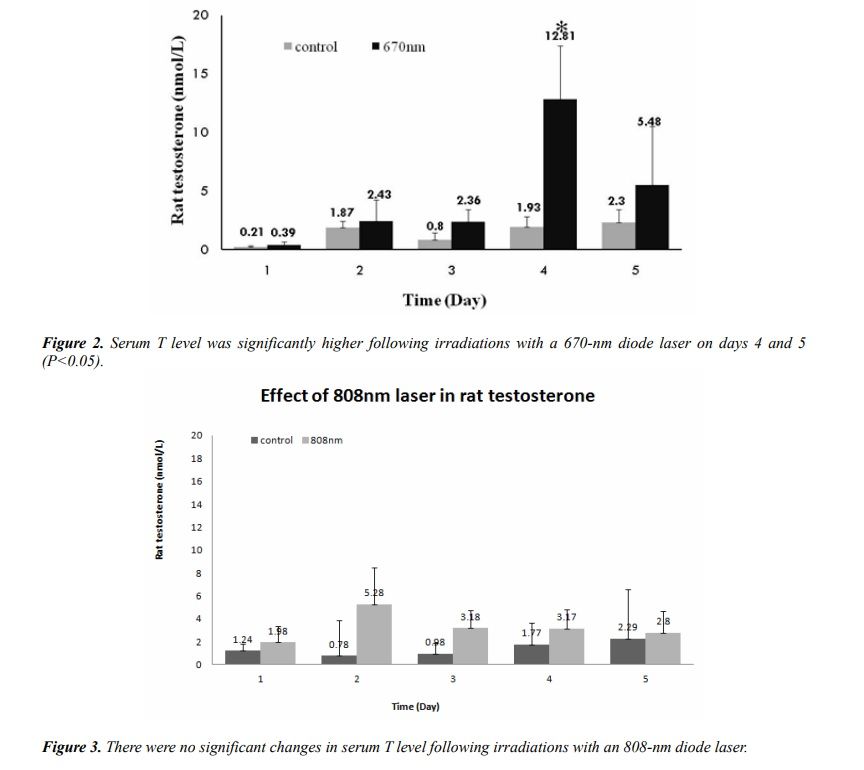
The 808nm group also had some side effects, described in the full text of the study:
"In the 808 nm wavelength group, there were such findings as an atrophy of the seminiferous tubules, disarrangement of sertoli cells, generation of giant multinucleated bodies and other deformities. It is apparent that the adverse effects occurred but serum T level was not increased following a 5- day course of irradiation with an 808-nm wavelength at n intensity of 360 J/cm2 /day" (14).
The downside or limitation here, is once again, that I cannot reconstruct what really happened in the study setup as I don't have the exact area that was treated with the 360 J/cm2 laser.
So, that's it. Next up, let's interpret the red light therapy for testosterone research:
Interpreting The Red Light Therapy For Testosterone Research
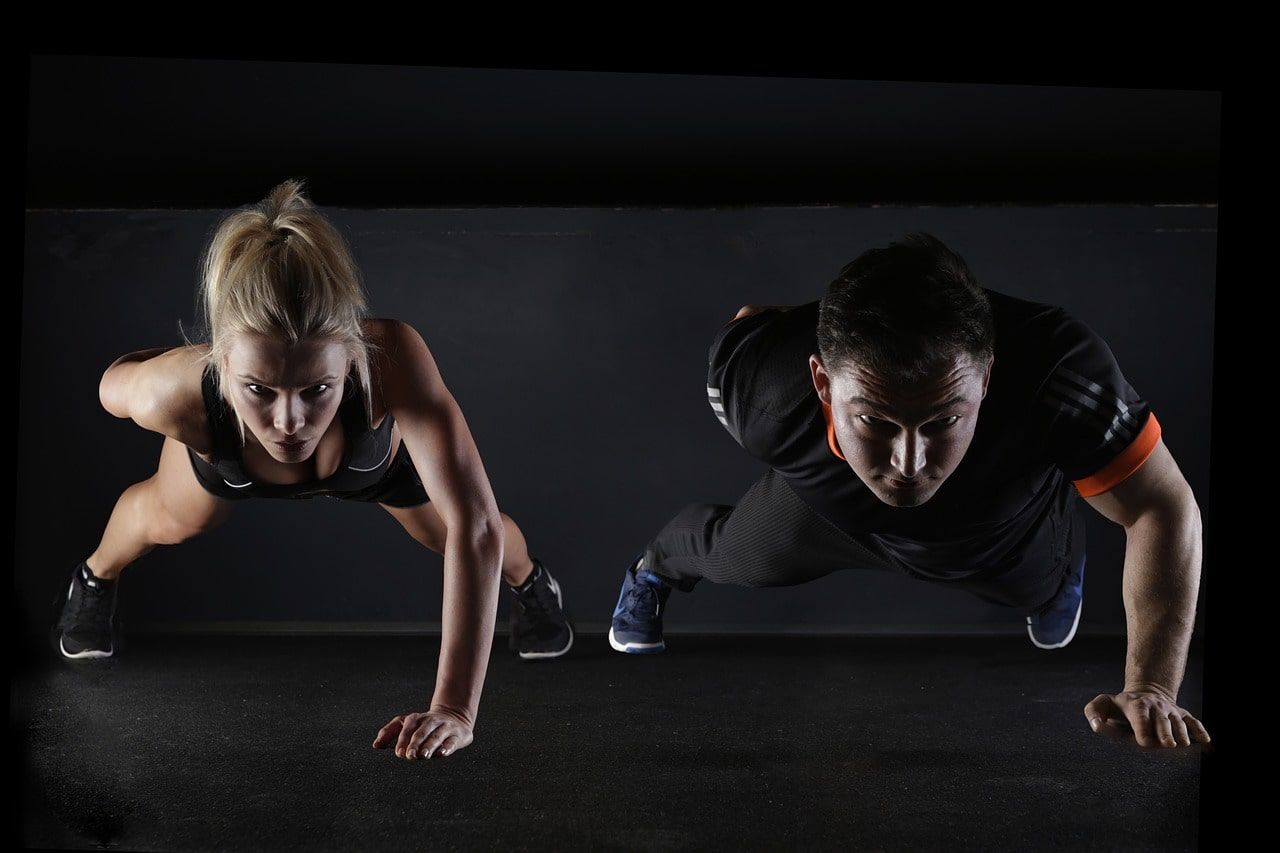
So, what's my opinion about this red light therapy for testosterone research? Well, first up, the studies aren't always set up ideally. Sometimes, the light isn't shone right on the testes, for instance, with the human study using the Joovv Elite.
At other times, it's impossible to reconstruct the dosing protocol because the exact area that was treated wasn't described in the study.
Also, only two human studies are available on this topic. And, both these studies have big limitations.
Nevertheless, looking at the data in its totality, I do think that red light therapy can improve testosterone levels. Some animal studies show increases in testosterone, for instance, while others show no effect. But, given that the needle points into the direction that there is an effect sometimes, I'm very hopeful.
Whether it's really true that red light therapy increases testosterone needs to be seen. I'd like to see some new human studies that have a randomized controlled trial setup. Ideally, there'd be healthy participants as well as people with low testosterone levels. And, you'd want red and near-infrared light being shined directly on the testes, and very good descriptions of the full treatment protocol.
If possible, even, research with full-body panels would be best as so many people are building towards a full-body setup with their red light therapy panels nowadays.
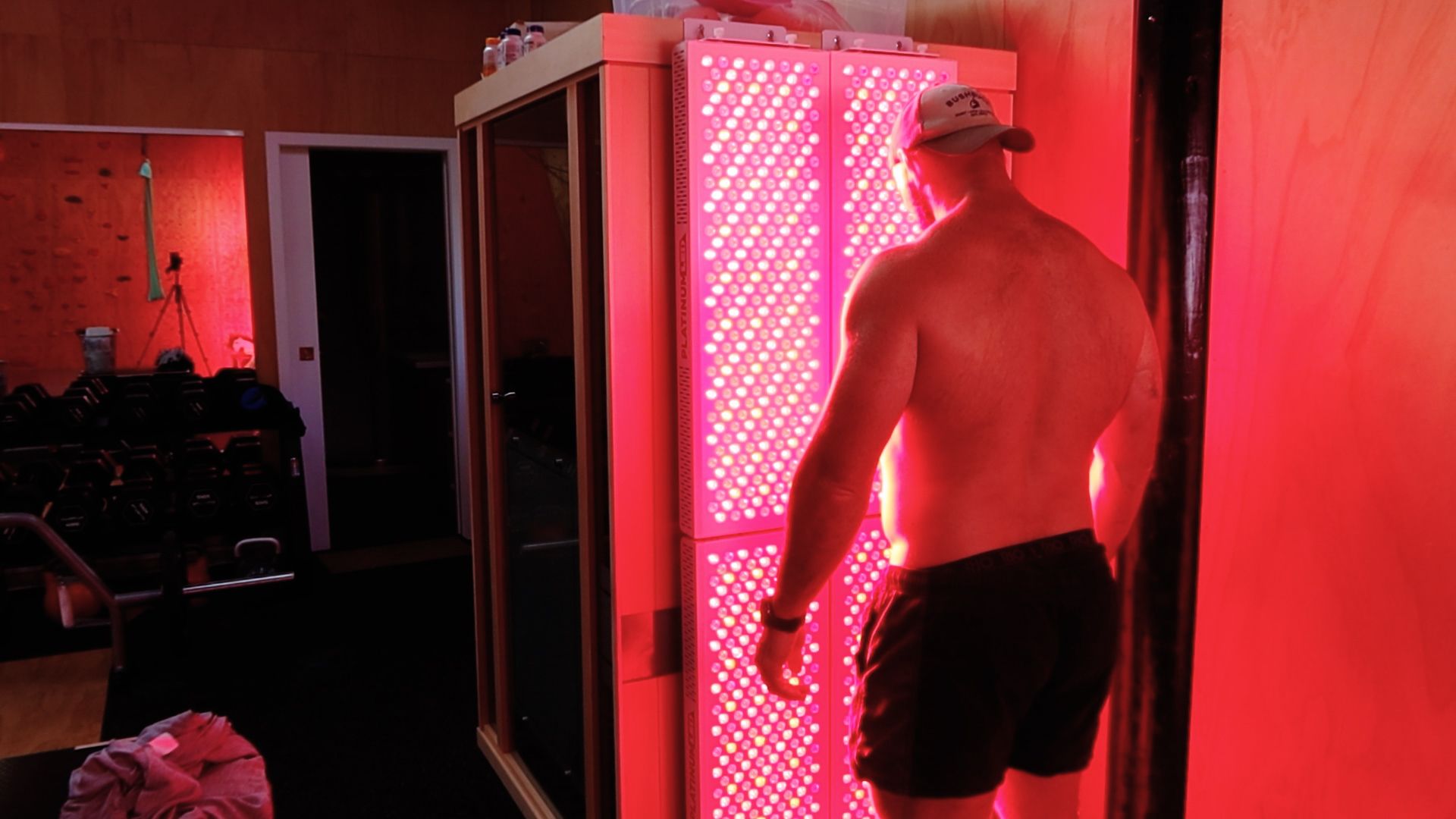
Hopefully, more studies will emerge with a better setup in the future. Next up, let's consider a topic that's really important as well:
Anecdotal Evidence For Testosterone Boosting
Next to studies, there's anecdotal evidence. Many biohackers have tried red light therapy to boost their testosterone levels in the past. And, I must honestly say, those outcomes are more promising than what has come out of the animal and human studies so far.
You can find examples of red light boosting testosterone everywhere. The benefit here, is that individuals can much more easily test the longer-term effects of the red light for their testosterone levels compared to when there's a study.
Setting up a high-quality study with human participants that runs for many months is generally very costly. Therefore, the anecdotal evidence that people show that boosting testosterone with light is indeed possible is very helpful.
Of course, you'll still want placebo-controlled trials in the long run to confirm these results.
Is Using Red Light Therapy To Boost Testosterone Safe?
If you use normal dosing protocols, you should be safe with red light therapy. If you overdose though, you may not get the testosterone-boosting effects you were after.
The best way to ensure you're safely dosing is to follow the instructions that come with the product you've bought. Or, instead, read more about red light therapy dosing and use Alex's datasheets to get independently tested power output numbers for many different panels.
Both under-dosing and overdosing will give you suboptimal effects. Under-dosing might mean that no effect occurs or a suboptimal effect. And overdosing may result in being more tired because of overstimulation and even a slight inhibition of testosterone production.
Lastly, let's consider why healthy testosterone levels are so important.
Why does Testosterone Matter For Men And Women so much, By The Way?
Testosterone boosting has become really popular in the last five years, especially among men. And, there are very good reasons men try to optimize their testosterone levels because it dramatically impacts your overall health and well-being (15; 16; 17; 18).
And contrary to popular belief, testosterone is critically important for women to (19; 20; 21; 22). Healthy testosterone levels support libido in women, the maintenance of muscle mass, athletic performance, well-being, lower diabetes and metabolic syndrome risk, and more.
For men, maintaining higher testosterone levels into older age improves muscle mass, fat loss, bone density, well-being, sexual function, sleep quality, heart health and more. Testosterone isn't 100% benign though and more isn't always better, as side-effects are common at excessive dosages.
Supplementing is generally the only way - through creams, injections, or orals - to get your levels much higher than a healthy 18 18-year-old old has at an older age such as 50 or 70. And, even if you've got higher testosterone levels, management is important as you can have excessively high red blood cells counts and potential prostate issues, for instance. So, lab work is always recommended.
Nevertheless, independent of your sex, you'll want optimal testosterone levels. And, it's more likely than not that red light therapy can enhance your testosterone levels.
Next up, let's have a look at the best red light therapy devices for boosting testosterone.
Best Red Light Therapy Devices For Boosting Testosterone
So, what type of device should you use if you want to boost testosterone? I'll keep it very simple here. I recommend checking out Alex's videos on a budget tabletop red light therapy device and on a full-body red light therapy panel.
If you're short on cash, get a budget device and use it on your testicles as a man. For women, and men who want to buy a full-body panel, you'll probably achieve the best outcome with that setup. As a women, though, you'd probably need to wait to see more studies published on women specifically for confirmation that red light therapy for testosterone really works in that case.
Nevertheless, I cannot make my recommendations more specific here. The reason is that study quality is simply low. So, the best is almost certainly to grab a panel setup that supports overall health well, and thereby, supports testosterone levels as well.
Easy peasy...
Conclusion: More Research Is Needed But
So, we've got a few promising studies on red light therapy for testosterone. These studies are by no means perfect but do show that increasing testosterone with red light therapy is likely. Also, anecdotal evidence - from people who have used red light therapy in the long-run - also shows that many of these successfully increase their testosterone levels with red light therapy.
I'd like to see more higher-quality studies with lots of human participants confirm my suspicions though. But until then, red light likely works!
